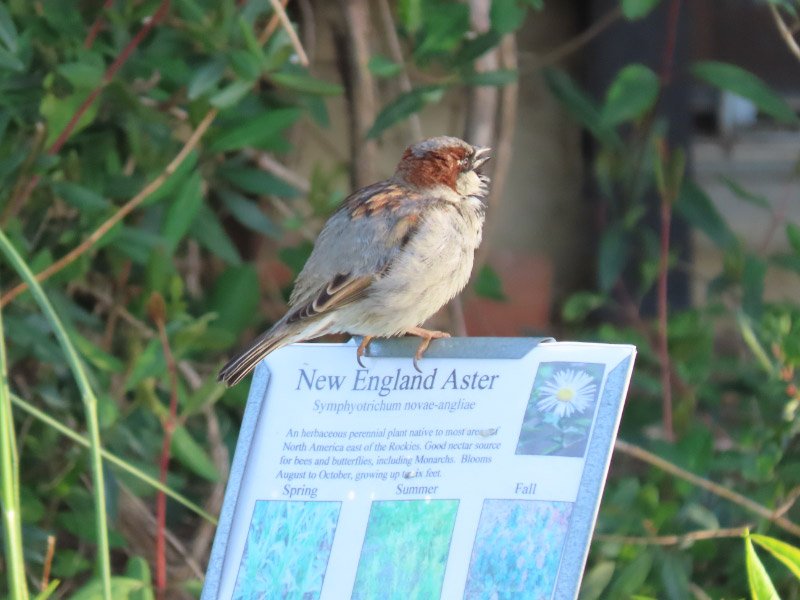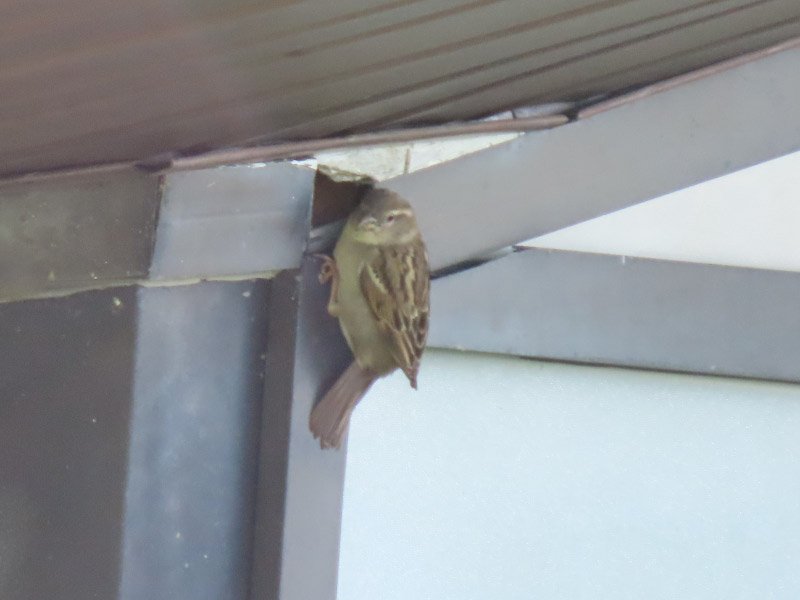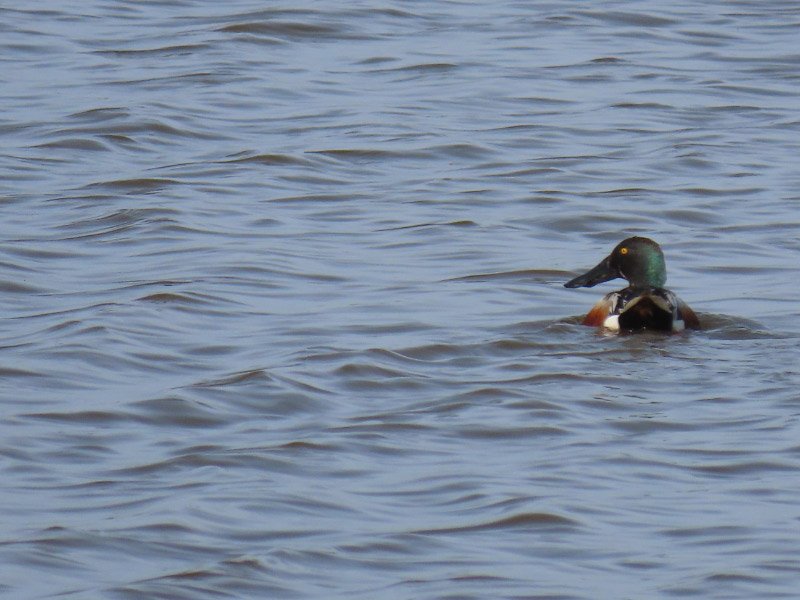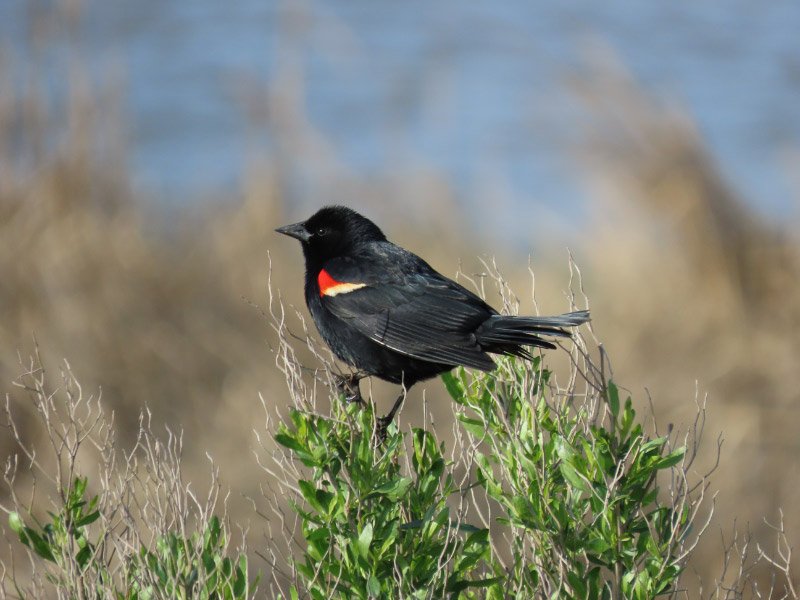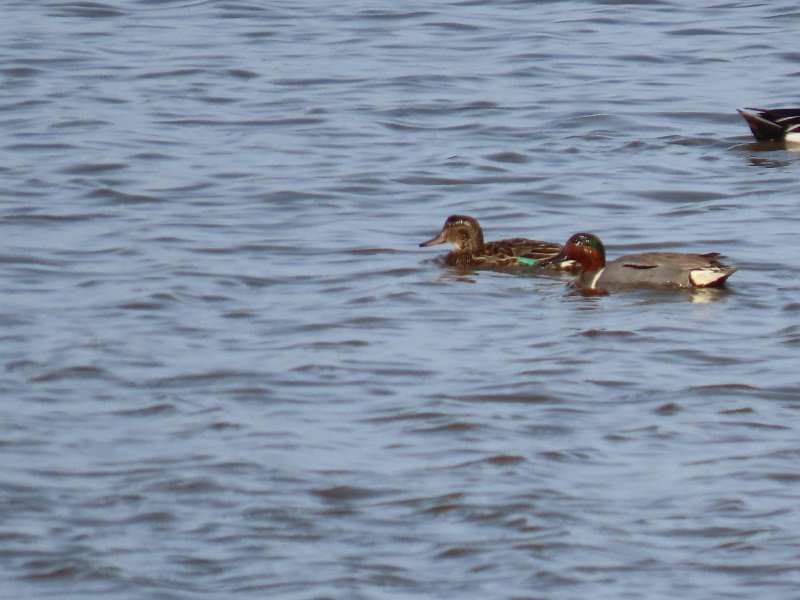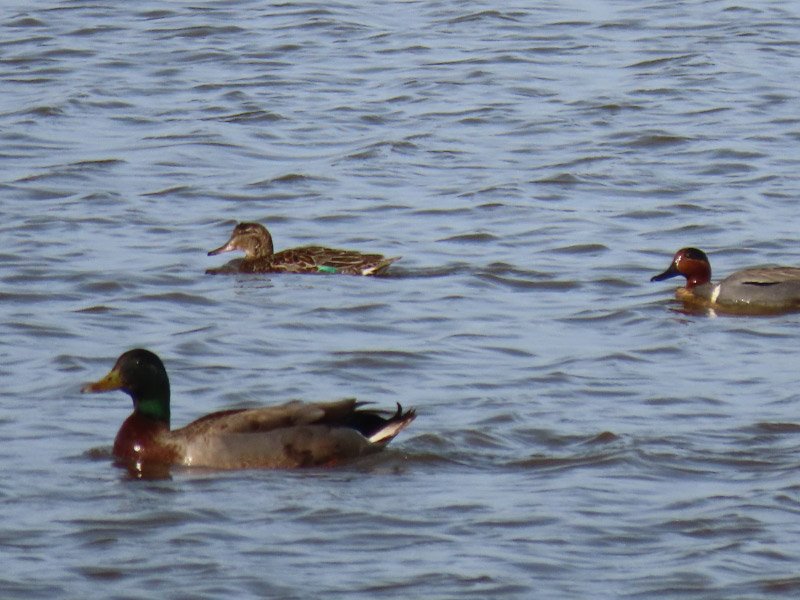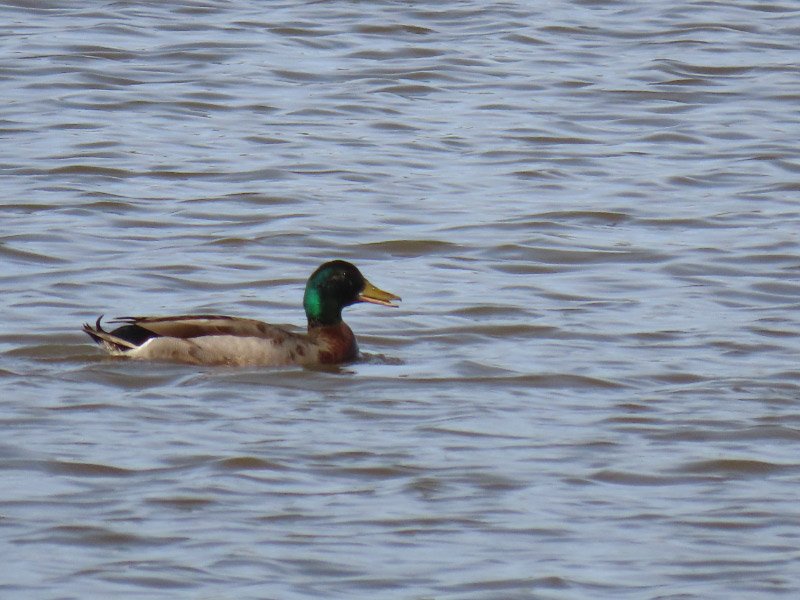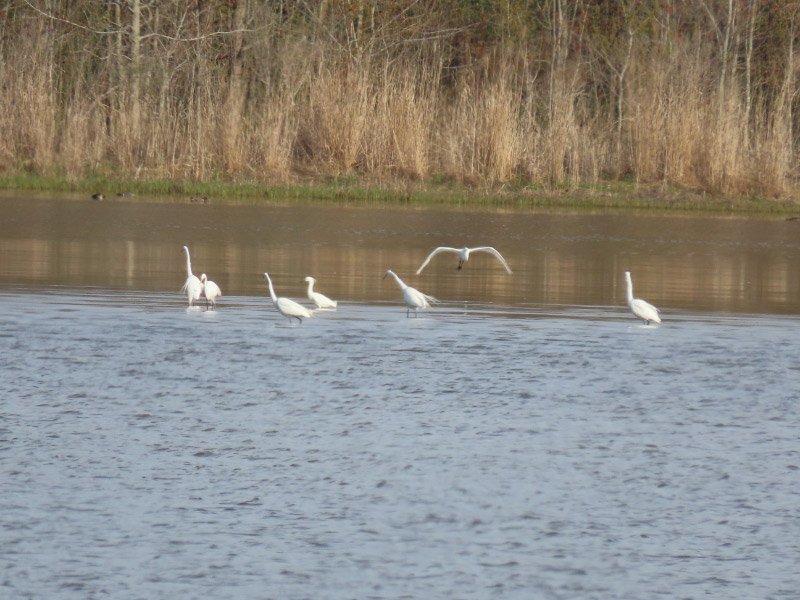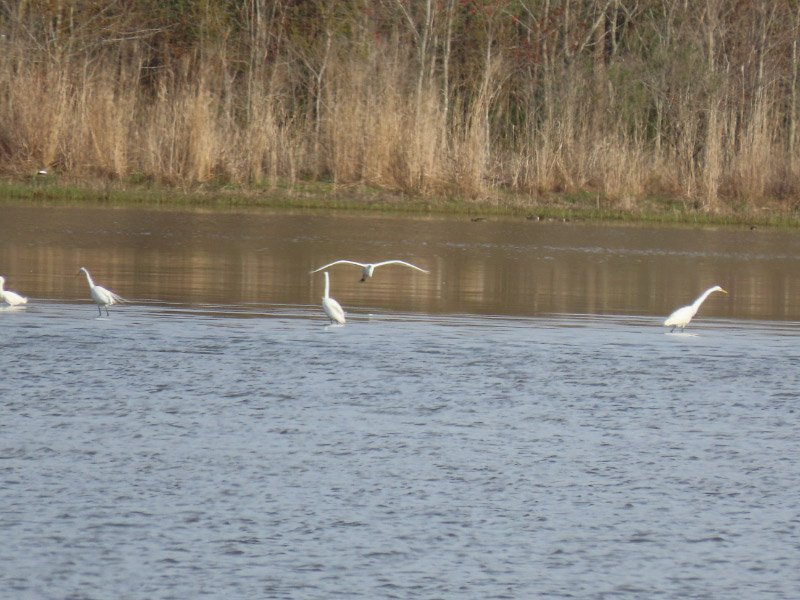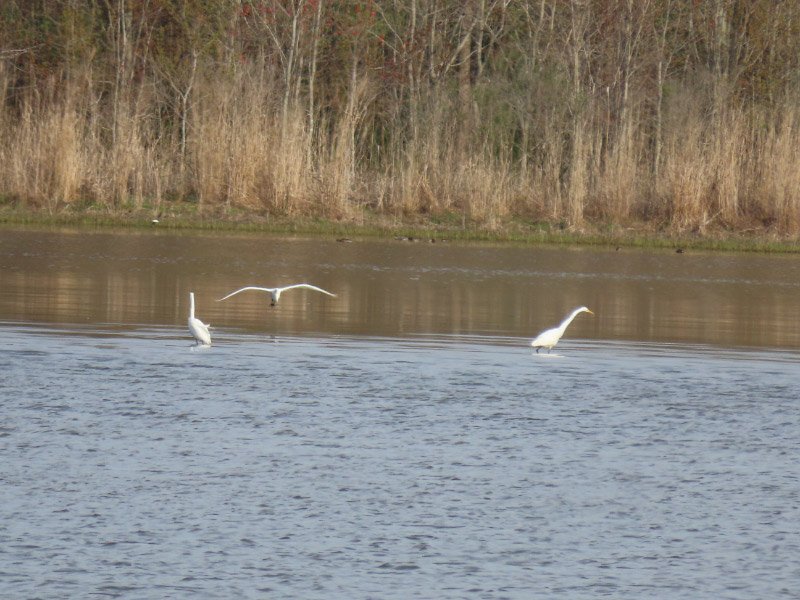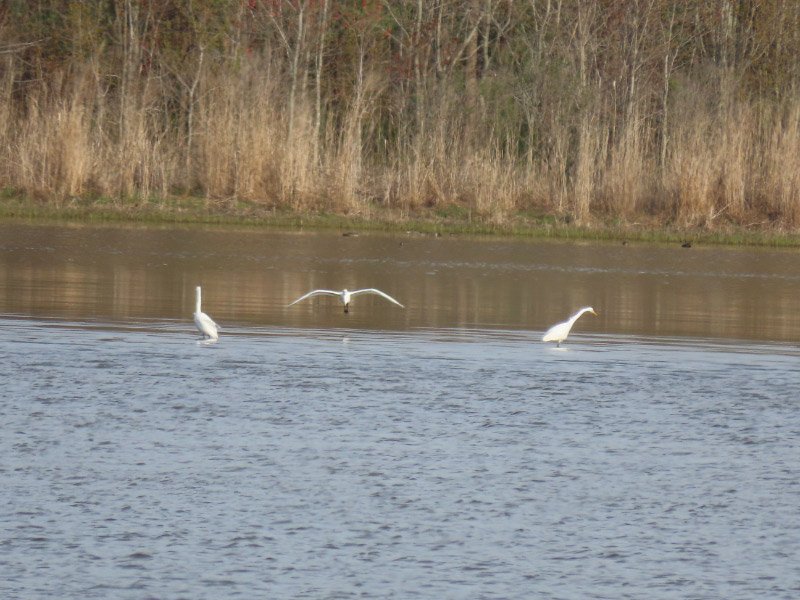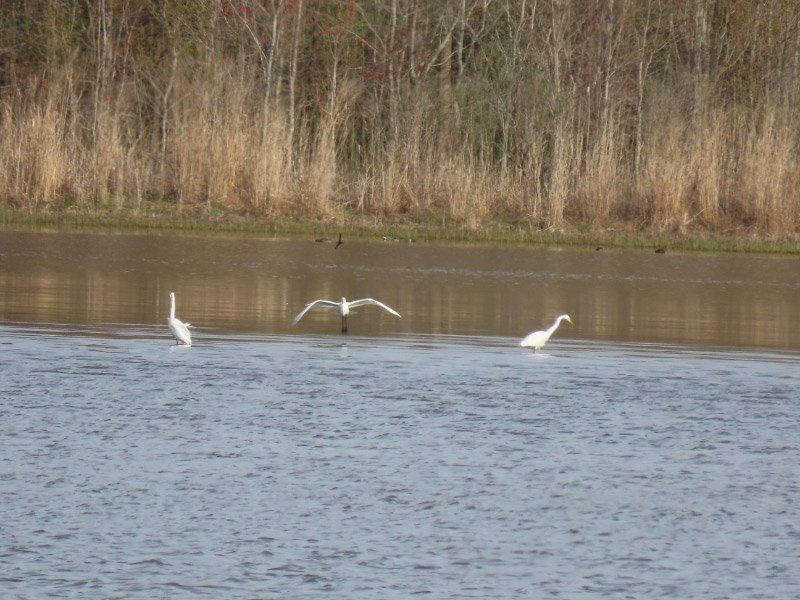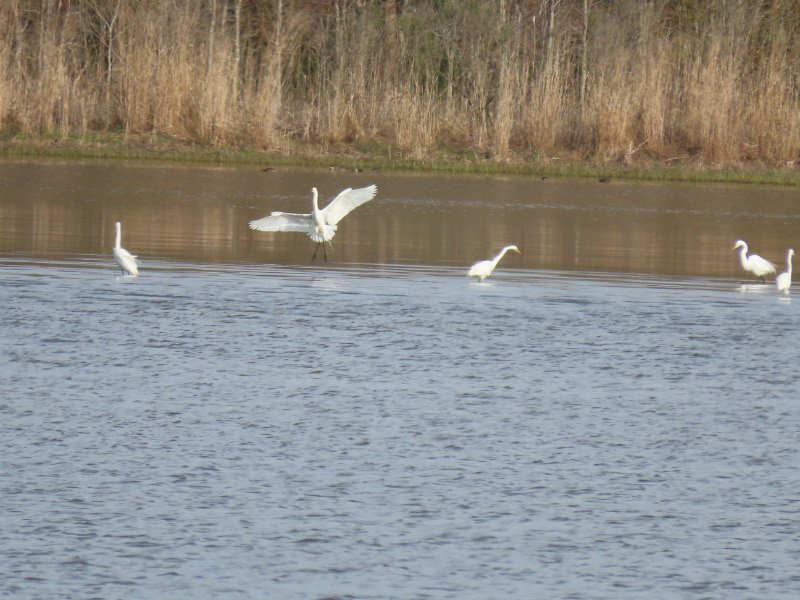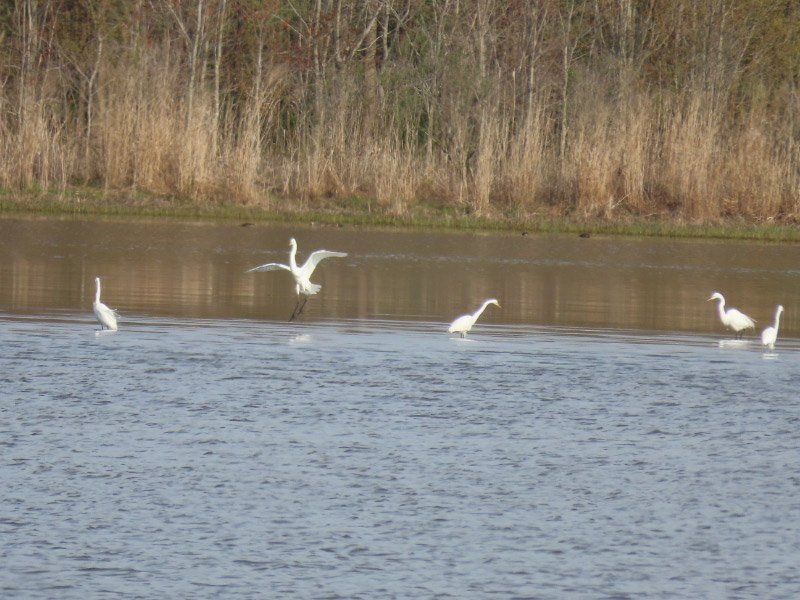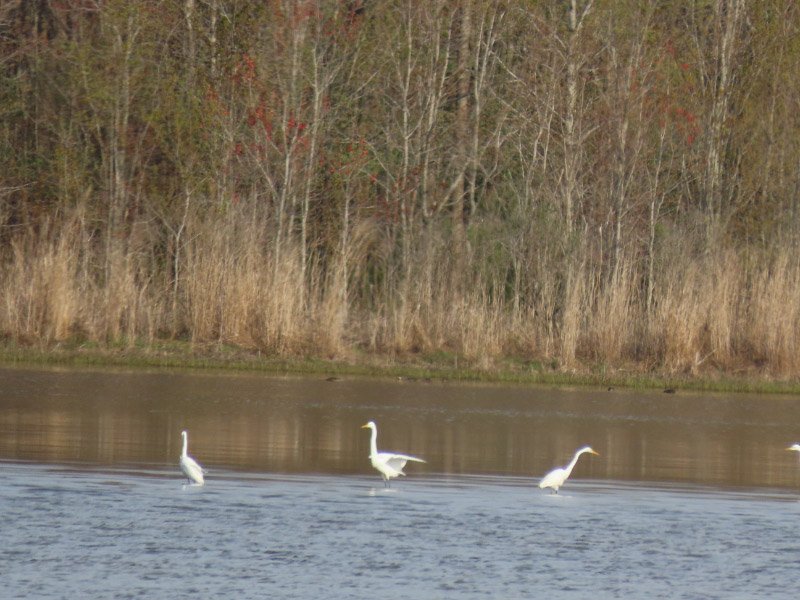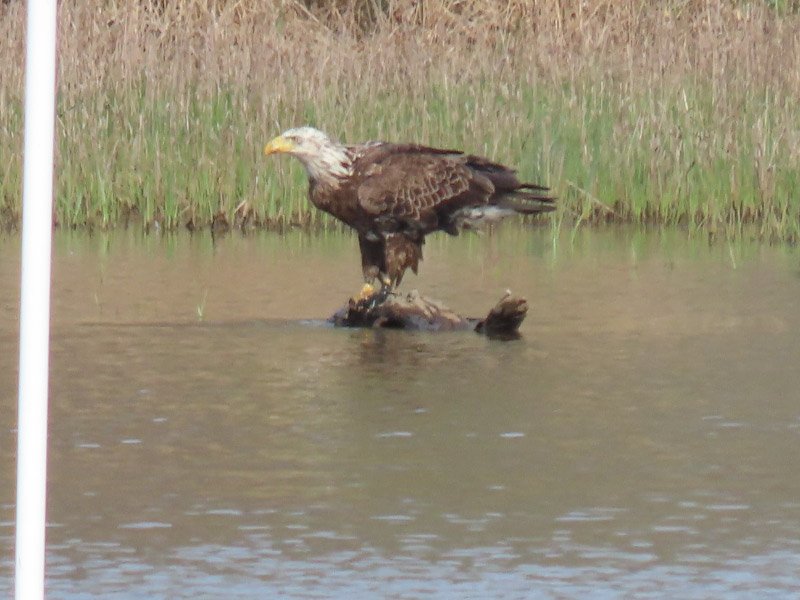Bombay Hook National Wildlife Refuge
/The Bombay Hook National Wildlife Refuge field trip was our second April visit to the place (I posted about our visit back in 2017: part 1, part 2). A new visitor center was under construction and the old one no longer had feeders (where we saw goldfinches last time) and the purple martin houses had been moved to another area, so we didn’t see them either. The field trip still started with a look around the visitor center grounds. It was a cool morning. There were several spring flowering trees (dogwood and redbud)…and birds flitting from the trees to the grass to the man-made structures.
We started around the auto tour route. There had been a lot of rain in the days before our field trip and the water level in the ponds was higher that I remembered. We also learned that because the area is tidal salt marsh, the water levels are not as easy to control as in some other refuges; the refuge management is challenged to maintain the marsh as sea-level is rising.
There were plenty of birds around: northern shovelers, red-winged black birds, green-winged teal, and mallards were a few I photographed.
There were relatively large numbers of great blue herons. They don’t nest at the refuge but come here for food.
There were also great and snowy egrets in mixed groups.
I took a sequence of a great egret landing.
There were bald eagles too. I photographed a scruffy looking juvenile settling on an almost submerged log.
The big surprise of the morning was a roost of black-crowned night herons. From the place we were standing…they were on the other side of large pond; they looked like fuzzy places in the trees…
I thought tent caterpillars at first! With binoculars and big camera lens, the birds were easy to identify. My husband provided a magnified/cropped image of one of the birds. There were over 70 birds roosting!
What a thrilling finale for a Bombay Hook field trip!



